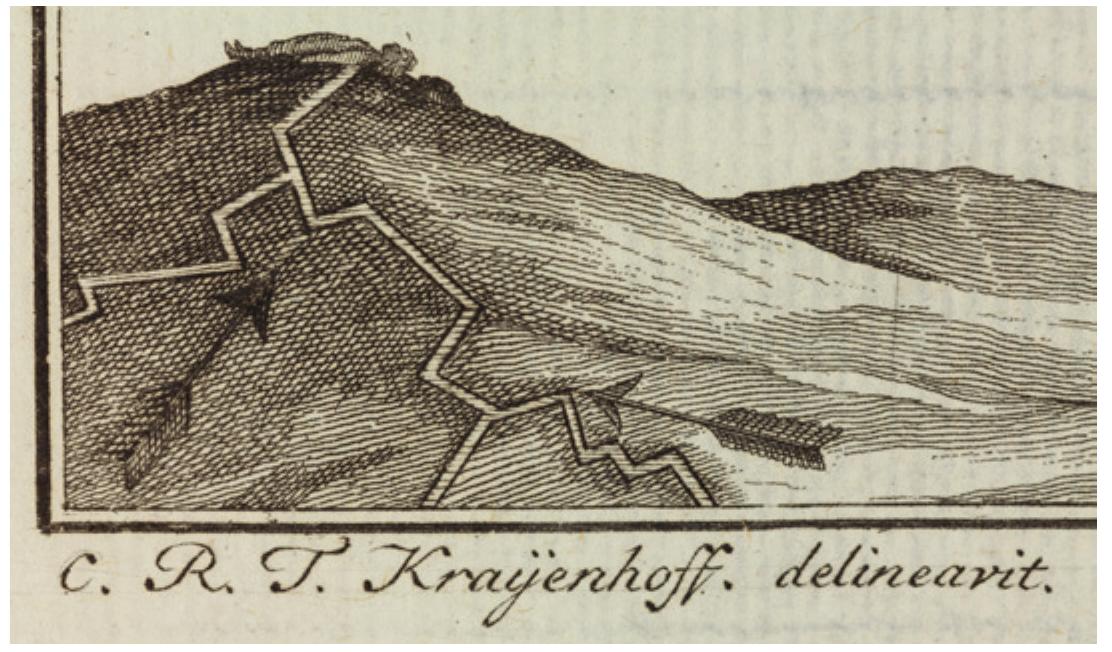
Some time ago, I wrote about [the engraver and instrument craftsman Augustine Ryther (fl. 1576–1593)](https://thonyc.wordpress.com/2025/02/26/an-engraver-and-instrument-maker-who-founded-a-dynasty/), who initiated a lineage of instrument makers within the Worshipful Company of Grocers. Recently, I discussed [the sailor and maritime atlas creator Sir Robert Dudley (1574–1649)](https://thonyc.wordpress.com/2025/07/23/the-english-aristocratic-bastard-who-advised-the-florentines-on-matters-nautical-and-published-the-first-maritime-atlas-by-an-english-author/), who, after years of service to the Republic of Florence as a naval consultant, left behind a collection of scientific instruments now preserved in the Museo Galileo in Florence. In my latest entry, I focused on one of the British instrument makers who provided Dudley’s instruments, [the Welshman James Kynvyn (c. 1550–1621)](https://thonyc.wordpress.com/2025/08/20/the-welsh-instrument-maker-who-didnt-fit-the-contemporary-mould/). Today, I will examine the English engraver and instrument maker, Charles Whitwell (c. 1568–1611), who also supplied several of Dudley’s instruments and was Augustine Ryther’s most distinguished apprentice.
Regrettably, as is nearly always the case with so-called minor figures in practical mathematics from the Early Modern Period, we possess almost no information about Whitwell’s origins or background. Even his birth year is merely an approximation based on the presumption that he was fourteen years old when he became an apprentice to Augustine Ryther, as documented in the Grocers’ Company records on 17 December 1582. He attained his freedom from the Grocers’ Company on 10 November 1590.
In the Grocers’ Company Minutes for 11 August 1606, it was noted as follows:
> Agreyd that Charles Whitwell grocer shall have the 50l [£50] for ii years wch his brother Robert Whitwell deceased latelie had. And William Whitwell and George Budd salters are allowed his sureties.
This short excerpt indicates that Charles had at least two brothers working in the City, and that they received support from the Grocers’ company. The Court of Probate granted his widow, Elizabeth, administration of his estate in February 1611/12 (os/ns), suggesting that Whitwell must have passed away in the latter part of 1611.
That constitutes the complete information[^1] regarding the life of Charles Whitwell, a figure that Gerard L’E Turner characterizes as ‘likely the most skilled and versatile instrument maker of the Elizabethan era’.
Augustine Ryther was primarily recognized as a map engraver, for example, the collection of ten charts illustrating the course of the Armada around Britain, seemingly drawn by Robert Adams (1540–1595), the surveyor of the queen’s buildings, published in the English translation of *Expeditionis Hispaniorum in Angliam vera Descriptio*, a narrative of the Spanish Armada, based on the account compiled by Lord Howard of Effingham (1536–1624) Lord High Admiral, by the mercenary soldier, calligraphist, and illuminator on vellum Petruccio Ubbaldini (c. 1524–c. 1600).
In fact, only two surviving scientific instruments are credited to Ryther. Initially, Whitwell followed his master’s path as a map engraver.
Ryther was among the engravers of the maps in the first English atlas [*The Counties of England and Wales* by Christopher Saxton (c.1540–c. 1610)](https://thonyc.wordpress.com/2018/09/12/saxton-and-speed-two-early-elizabethan-cartographers-and-the-flemish-influence/). Not everyone appreciated Saxton’s work; the first to endeavor to enhance the maps was John Norden (c. 1547–1625).
He initiated a series of county histories, each paired with a map, titled *Speculum Britanniae*. He managed to publish two volumes of his intended series: *Speculum Britanniae: the First Parte: an Historicall, & Chorographicall Discription of Middlesex*, released in 1593, and *Peculi Britaniae Pars: the Description of Hartfordshire*, published in 1598. In his unpublished volume for Surrey from 1594, the map was engraved by Whitwell. Only a few examples of this map remain.